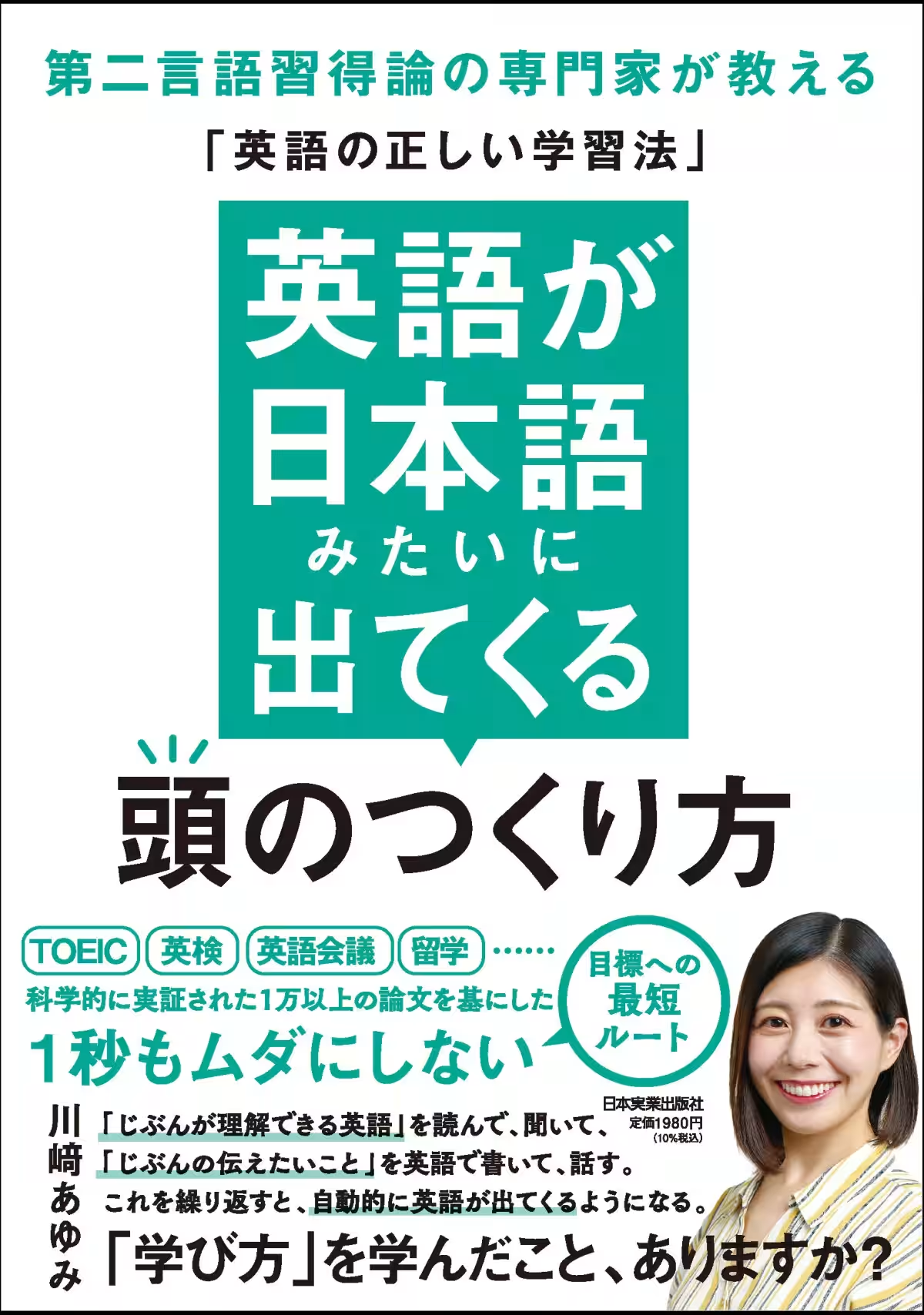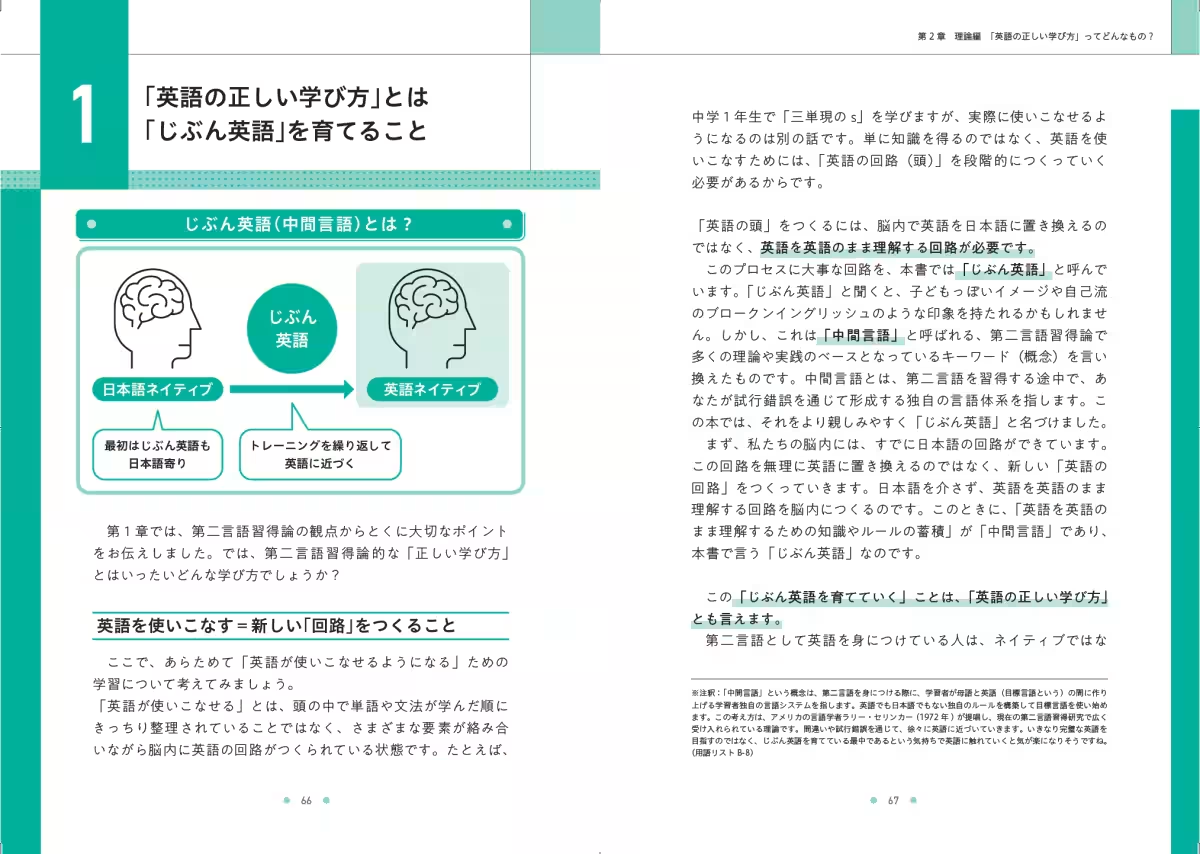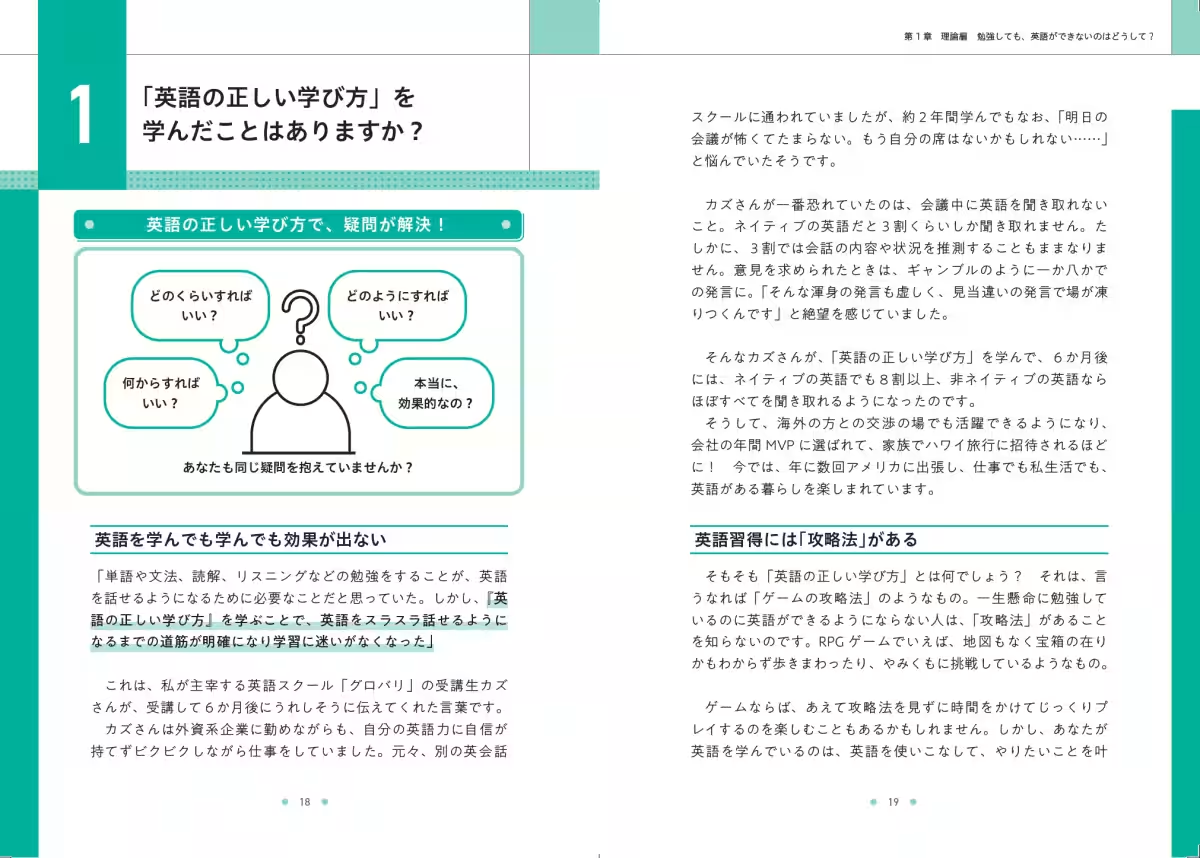

Revolutionizing English Learning: Achieving Fluency Effortlessly
Introduction
In just one month since its release, the book "How to Think so English Flows like Japanese" has achieved over 60,000 copies sold, making waves among English learners primarily through social media. Currently ranking number one in bestsellers at renowned outlets, including Amazon and Kinokuniya Shinjuku, this groundbreaking book offers a fresh approach to learning English that has resonated with many who have struggled for years with their language skills.
Revolutionary Learning Method
The author, Ayumi Kawasaki, who carries over a decade of teaching experience, presents scientific and research-based strategies designed to eradicate common frustrations among learners such as, “I’ve been attending conversation classes for years but still can’t speak!” or “Is my current learning method effective?” This book reveals the most effective and efficient methods for mastering English and provides a direct route for achieving proficiency.
Kawasaki’s unique approach integrates insights from second language acquisition theory, distilled from her experience in elevating over 5000 learners' English skills. The methods outlined in the book focus on making learning enjoyable and natural, ensuring learners can absorb vocabulary and grammatical structures without tedious memorization. Here’s what you can expect from the book:
- - Learn vocabulary through contextual learning rather than rote memorization – meeting each new word naturally seven times within sentences.
- - Develop your speaking skills by enhancing your writing proficiency, demonstrating the interconnected nature of the two.
- - Choose vocabulary based on topics that genuinely interest you, making the learning process more engaging and relevant.
By applying these 'correct learning methods', readers can significantly improve their English without wasting time or energy on ineffective practices.
Creating Your Unique English
In this book, learning English is portrayed not just as a knowledge acquisition process but rather as creating a unique pathway in the brain for understanding and using the language in its original form. The term 'self-English' is introduced to define this intermediate state of language proficiency where learners can engage with English naturally.
Contents Overview
The book is structured into insightful chapters:
1. Theory Part: Understanding why studying often fails to yield results.
2. Theory Part: What constitutes the






Topics Other)










【About Using Articles】
You can freely use the title and article content by linking to the page where the article is posted.
※ Images cannot be used.
【About Links】
Links are free to use.